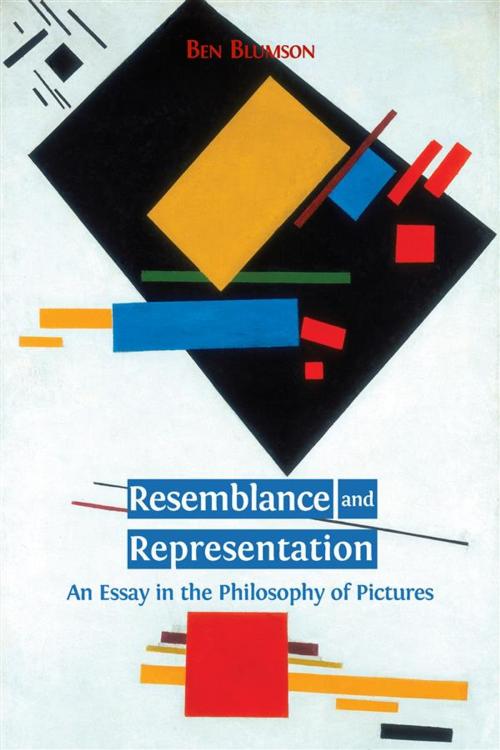Resemblance and Representation
An Essay in the Philosophy of Pictures
Nonfiction, Religion & Spirituality, Philosophy, Aesthetics, Mind & Body| Author: | Ben Blumson | ISBN: | 9781783740758 |
| Publisher: | Open Book Publishers | Publication: | September 21, 2014 |
| Imprint: | Language: | English |
| Author: | Ben Blumson |
| ISBN: | 9781783740758 |
| Publisher: | Open Book Publishers |
| Publication: | September 21, 2014 |
| Imprint: | |
| Language: | English |
It’s a platitude – which only a philosopher would dream of denying – that whereas words are connected to what they represent merely by arbitrary conventions, pictures are connected to what they represent by resemblance. The most important difference between my portrait and my name, for example, is that whereas my portrait and I are connected by my portrait’s resemblance to me, my name and I are connected merely by an arbitrary convention. The first aim of this book is to defend this platitude from the apparently compelling objections raised against it, by analysing depiction in a way which reveals how it is mediated by resemblance. It’s natural to contrast the platitude that depiction is mediated by resemblance, which emphasises the differences between depictive and descriptive representation, with an extremely close analogy between depiction and description, which emphasises the similarities between depictive and descriptive representation. Whereas the platitude emphasises that the connection between my portrait and me is natural in a way the connection between my name and me is not, the analogy emphasises the contingency of the connection between my portrait and me. Nevertheless, the second aim of this book is to defend an extremely close analogy between depiction and description. The strategy of the book is to argue that the apparently compelling objections raised against the platitude that depiction is mediated by resemblance are manifestations of more general problems, which are familiar from the philosophy of language. These problems, it argues, can be resolved by answers analogous to their counterparts in the philosophy of language, without rejecting the platitude. So the combination of the platitude that depiction is mediated by resemblance with a close analogy between depiction and description turns out to be a compelling theory of depiction, which combines the virtues of common sense with the insights of its detractors.
It’s a platitude – which only a philosopher would dream of denying – that whereas words are connected to what they represent merely by arbitrary conventions, pictures are connected to what they represent by resemblance. The most important difference between my portrait and my name, for example, is that whereas my portrait and I are connected by my portrait’s resemblance to me, my name and I are connected merely by an arbitrary convention. The first aim of this book is to defend this platitude from the apparently compelling objections raised against it, by analysing depiction in a way which reveals how it is mediated by resemblance. It’s natural to contrast the platitude that depiction is mediated by resemblance, which emphasises the differences between depictive and descriptive representation, with an extremely close analogy between depiction and description, which emphasises the similarities between depictive and descriptive representation. Whereas the platitude emphasises that the connection between my portrait and me is natural in a way the connection between my name and me is not, the analogy emphasises the contingency of the connection between my portrait and me. Nevertheless, the second aim of this book is to defend an extremely close analogy between depiction and description. The strategy of the book is to argue that the apparently compelling objections raised against the platitude that depiction is mediated by resemblance are manifestations of more general problems, which are familiar from the philosophy of language. These problems, it argues, can be resolved by answers analogous to their counterparts in the philosophy of language, without rejecting the platitude. So the combination of the platitude that depiction is mediated by resemblance with a close analogy between depiction and description turns out to be a compelling theory of depiction, which combines the virtues of common sense with the insights of its detractors.















